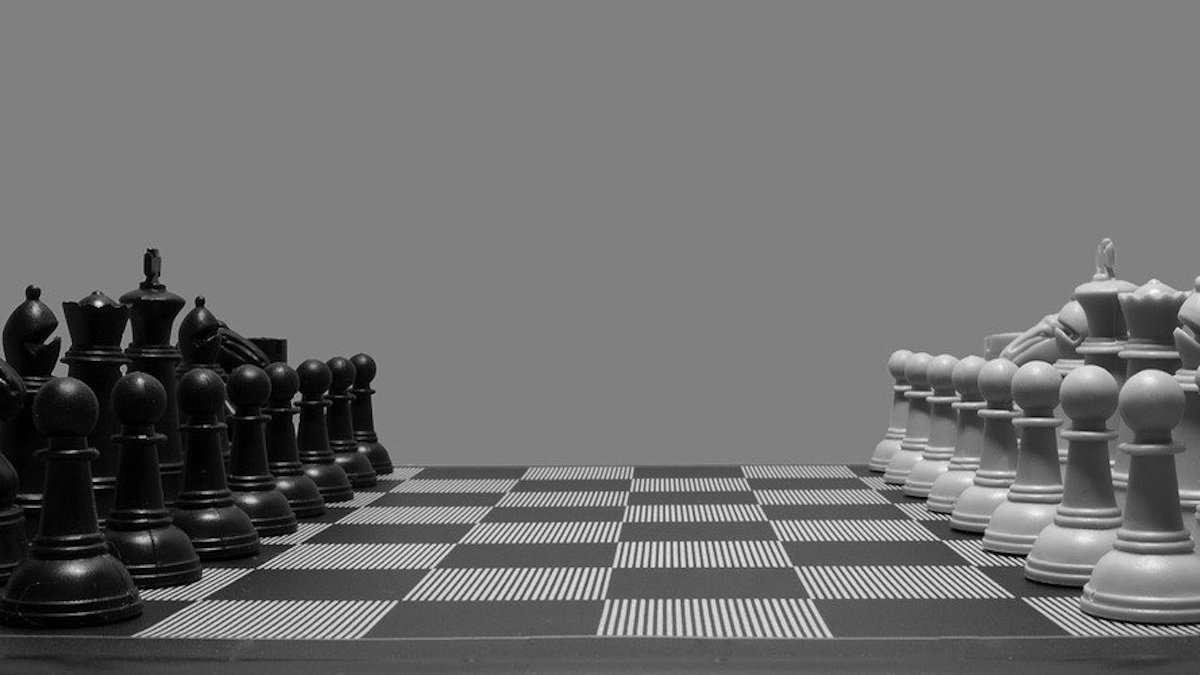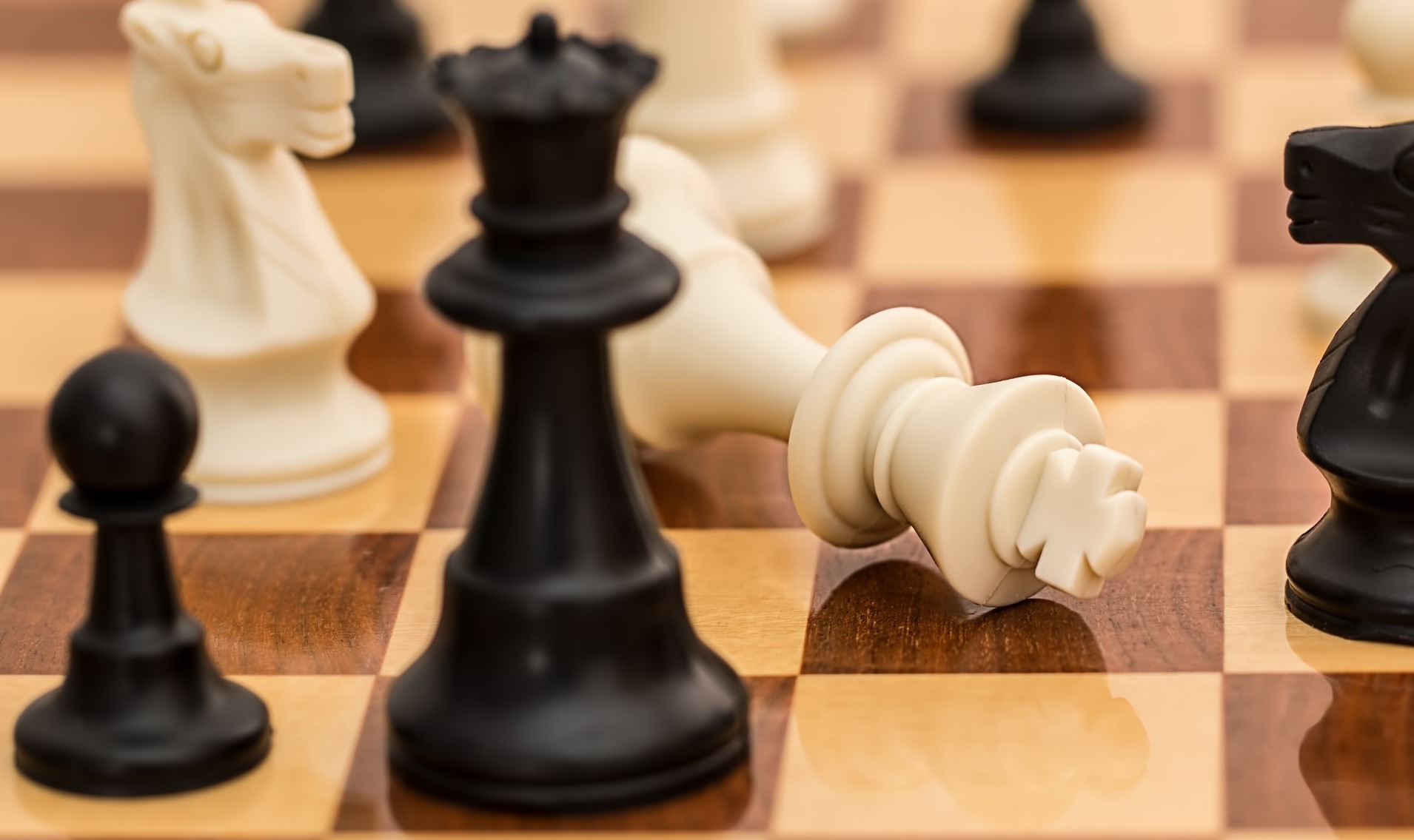People have expressed curiosity regarding the existence of cheats for the game of chess. Today, we aim to address this inquiry specifically within the context of cheating in the traditional board game of chess.
To begin, let’s clarify what chess is. Chess is a strategic two-player game where the primary objective is to achieve a checkmate against your opponent. The chessboard is divided into 64 squares and features six different types of chess pieces, with a total of 16 pieces on each side.
It’s important to note that the essence of chess lies in fair and skillful competition. Cheating undermines the integrity of the game and detracts from the challenge and enjoyment it offers. Cheating can take various forms, such as utilizing external assistance, consulting chess engines or databases, or receiving unauthorized guidance from another source during gameplay.
To preserve the spirit of fair play and uphold the traditional values of chess, it is generally discouraged to seek or employ cheats while playing the board game. The true essence of chess lies in the mental prowess, strategic thinking, and analytical skills demonstrated by the players. Nonetheless, we’re here to discuss some of the ‘Cheats’ that can be made for Chess, as well as some of the most famous Cheating in Chess history.
External Chess Help
External assistance in chess refers to the use of external devices or resources to gain an unfair advantage during gameplay. With the advancement of technology, there are various ways in which players may attempt to utilize external assistance. Here are a few notable examples:
- Chess Engines: Chess engines are computer programs designed to analyze positions and suggest optimal moves. These engines have powerful algorithms and extensive databases of opening theory, endgame knowledge, and tactical patterns. Cheaters may use chess engine software on their smartphones, tablets, or computers to receive real-time move recommendations, essentially relying on the engine’s superior calculating abilities.
- Online Resources: With the prevalence of online chess platforms and databases, players can access vast libraries of games, opening variations, and analysis. Cheaters may secretly consult these resources during play, gaining insights into unfamiliar positions or finding the best moves without relying on their own skills and understanding.
- Communication Devices: Cheaters may use hidden communication devices, such as earpieces or miniaturized Bluetooth devices, to receive moves or suggestions from accomplices located elsewhere. These accomplices may be analyzing the game with the assistance of chess engines or databases and feeding the information to the cheater in real-time.
- Hidden Software or Apps: Some players may attempt to use specially developed software or apps that can analyze the current position and provide move suggestions. These hidden applications can be installed on electronic devices or even disguised as innocuous-looking programs to avoid detection.
Hiding Chess Pieces
This involves intentionally hiding or obscuring a chess piece’s true position to mislead the opponent. For example, a player might place a piece slightly off-center on a square or cover it partially with their hand or another piece, making it difficult for the opponent to accurately assess the board state. Concealing pieces aims to create confusion or deceive the opponent into making suboptimal moves based on inaccurate information.
Moving Chess Pieces Surreptitiously
This form of cheating involves making moves in a way that is not clearly visible to the opponent or exploiting distractions to move pieces undetected. For instance, a player might quickly and subtly adjust a piece’s position without their opponent noticing, allowing them to gain an unfair advantage by making unexpected or illegal moves.
Manipulating the Chess Position on the Board
Cheaters may attempt to manipulate the board by intentionally misplacing pieces, altering the arrangement, or even tampering with the board itself. By doing so, they aim to create confusion, disrupt the opponent’s thinking, or gain an unfair positional advantage.
Misleading the Opponent in Chess
This involves using psychological tactics to mislead the opponent’s judgment or decision-making process. For example, a player might act in a way that suggests they are considering a different move than their actual intention or give false signals to deceive the opponent’s strategic planning.
Making Illegal Chess Moves
Cheaters may deliberately make illegal moves to gain an unfair advantage or create chaos on the board. These moves could be executed when the opponent is distracted or when the player believes their illicit action will go unnoticed, allowing them to seize an advantageous position or disrupt their opponent’s plans.
Most Infamous Cheats in Chess History
Borislav Ivanov (2013):
Bulgarian player Borislav Ivanov raised suspicions during a tournament in 2013. He was accused of receiving illicit assistance via a hidden electronic device. Subsequent investigations and analysis of his games revealed highly accurate moves that were consistent with computer-generated play. Ivanov was subsequently banned from playing in several tournaments.
Gaioz Nigalidze (2015):
Georgian Grandmaster Gaioz Nigalidze was caught cheating during the Dubai Open Chess Tournament in 2015. Officials discovered a smartphone hidden in a restroom, connected to a chess analysis application. Nigalidze was disqualified from the tournament and faced disciplinary actions.
Vassily Ivanchuk (2010):
Ukrainian Grandmaster Vassily Ivanchuk was caught cheating during the 2010 Chess Olympiad in Khanty-Mansiysk, Russia. In a game against Indian Grandmaster Krishnan Sasikiran, Ivanchuk was found to have accessed a small electronic device in a restroom during the game. He was forfeited and received a two-year ban from the Olympiad.
Eugenio Torre (1986):
During the Manila Interzonal Tournament in 1986, Filipino Grandmaster Eugenio Torre was accused of receiving signals from spectators in the audience. He was allegedly aided by the movements of a transistor radio held by one of his supporters. The incident caused significant controversy, and Torre was ultimately cleared of the accusations due to lack of conclusive evidence.
Final Words about Cheating in Chess
In conclusion, cheating in chess is an unfortunate but rare occurrence that goes against the principles of fair play and integrity. Throughout history, there have been notable instances where players have been caught engaging in cheating practices. These cases serve as reminders of the importance of upholding the integrity of the game and the consequences that follow when those principles are violated.
Cheating techniques in chess can vary, ranging from utilizing external assistance such as chess engines or online resources, to concealing pieces, surreptitious moves, and manipulation of the board. Cheaters may attempt to mislead opponents through psychological tactics or make illegal moves to gain an unfair advantage. However, it is crucial to emphasize that cheating undermines the essence of chess, which is built on strategic thinking, fair competition, and the development of individual skills.






0 Comments